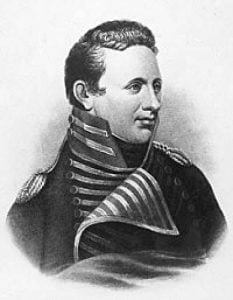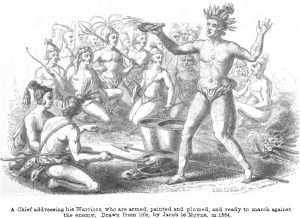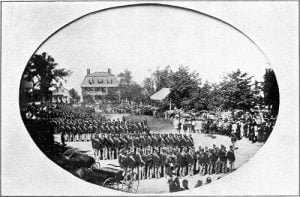Court System of North Carolina Before the Revolution
In studying the development of a people nothing is more helpful than a correct understanding of their system of judicature, for here we not only learn their methods of administering justice, but, at the same time, we get an insight into their conception of justice itself. There is no question of government more vital to the individual than the mode in which the authority of that government is to be administered. There is hardly another function of government that touches the citizen at a point quite so delicate as the institution, which passes judgment upon his deeds and intentions. Hence … Read more








